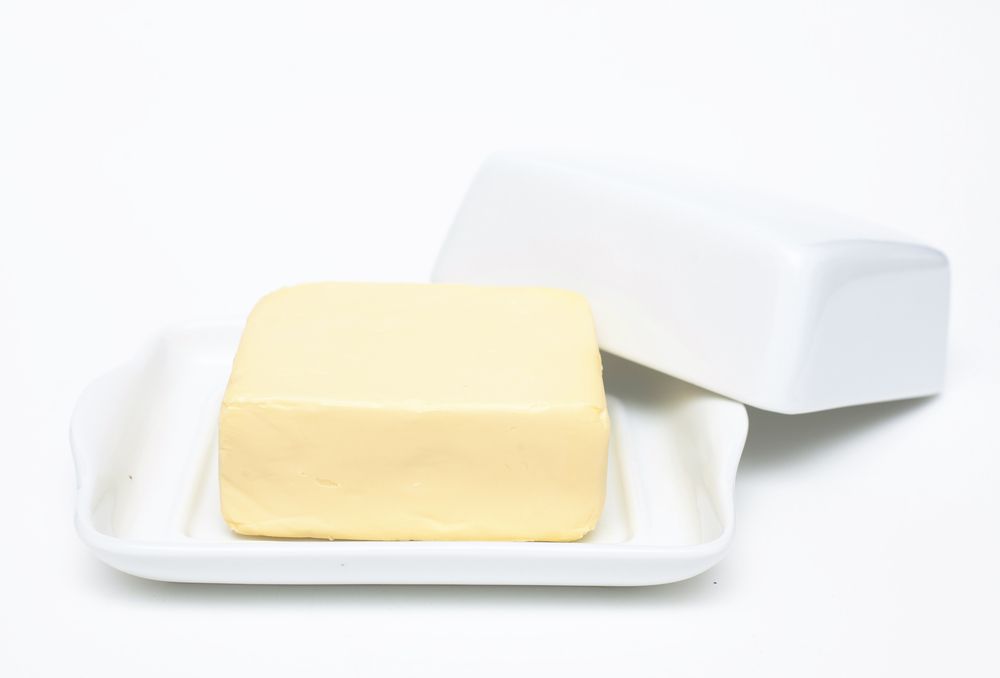The Truth About Food Additive BHA


Here's a question for you: What food additive does the Food and Drug Administration deem "generally recognized as safe," while the National Institutes of Health, says it's "reasonably anticipated to be a human carcinogen?"
Here's a hint: It's a preservative, and you can find it in (drum roll, please): potato chips, lard, butter, cereal, instant mashed potatoes, preserved meat, beer, baked goods, dry beverage and dessert mixes, chewing gum, and other foods. Oh, also: rubber, petroleum products, and, of course, wax food packaging.
The molecule in question is butylated hydroxyanisole (BHA), and it appears in so many products because it's a potent antioxidant. How can an antioxidant prevent food from going bad? It all comes down to fat.
When fats and oils (in food, fats that are liquid are room temperature are called oils) are exposed to the air, oxidation occurs – the same process that causes old cars to rust. As previous Food Facts articles have mentioned, fats and oils have three long carbon chains. The more kinks in the chain, very generally speaking, the healthier and more fluid the fat is.
Unfortunately, when it comes to what makes a fat or oil rancid, the chemical bonds responsible for the kinks equate to a weakness in the fat's armor. Over time, oxygen in the air attacks the bond, which can transform the fat into a variety of chemicals, many of which smell foul and can be toxic.
Enter the antioxidants. When fatty or oily foods are treated with BHA, or its chemical cousin BHT (butylated hydroxytoluene), the preservatives occupy the attention of attacking oxygen molecules in a process chemists refer to as "scavenging free radicals." As a result, the food tastes better for longer.
But there's more to BHA than fat protection. At high doses, it causes cancer in rats, mice and hamsters, but it does this exclusively in the forestomach, an organ that humans don't have. In the low levels used in food preservatives, however, many researchers consider it perfectly safe, especially given our lack of forestomachs. In fact, the same antioxidant effects that BHA has on fats can also neutralize the threat of other carcinogens.
Sign up for the Live Science daily newsletter now
Get the world’s most fascinating discoveries delivered straight to your inbox.
Despite the evidence that BHA may be harmless, some may elect not to eat foods that contain it, in part because it's not worth the risk that BHA may have unknown deleterious effects in humans, and in part because there's a very effective alternative: vitamin E. This essential nutrient fulfills the same exact role as BHA and BHT, and there's no doubt that it's perfectly safe in small doses. (Be careful with high doses, however).
The food industry generally prefers to use BHA and BHT because they remain stable at higher temperatures than vitamin E, but products in the natural food section of your grocery store are more likely to rely on vitamin E as a preservative.
Pass it on: BHA and BHT are believed to be safe in low doses, but there are foods available without them.
Food Facts explores the weird world of the chemicals and nutrients found in our food, and appears on MyHealthNewsDaily on Fridays. Follow MyHealthNewsDaily on Twitter @MyHealth_MHND. Find us on Facebook.
More Food Facts columns:












